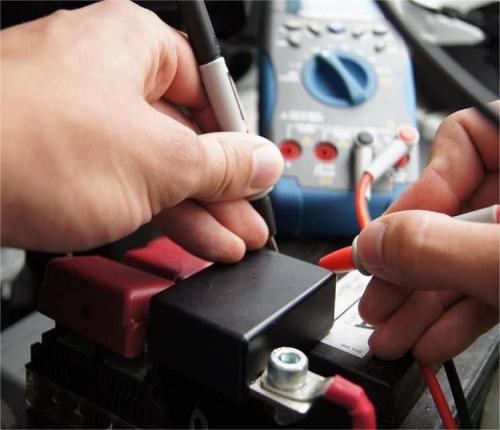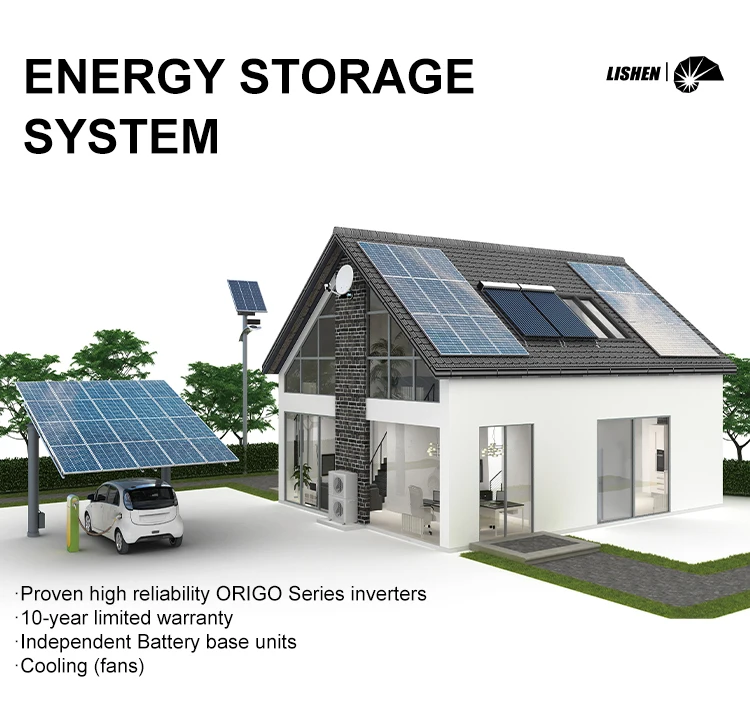Lithium-Ion Battery Care Guide
The performance and reliability of a lithium battery are closely tied to the materials used in its construction.
Cathode: Commonly made from Lithium Iron Phosphate (LFP) or Nickel Manganese Cobalt (NMC). The choice of cathode material directly impacts energy density, safety, and lifespan.
Anode: Typically graphite, which stores lithium ions during charging and releases them during discharge, ensuring consistent performance.
Separator: A porous membrane that prevents direct contact between electrodes while allowing ion flow, playing a critical role in safety.
Electrolyte: The medium that enables lithium ions to travel between the anode and cathode, affecting conductivity and stability.
Continuous material innovation is driving the next generation of batteries. Safer electrolytes, silicon-based anodes, and advanced cathode chemistries are being explored to boost energy density, extend cycle life, and improve overall efficiency.
Ultimately, it is these materials that define a lithium battery’s durability, performance, and suitability for applications ranging from household energy storage to electric vehicles and grid-scale systems.







